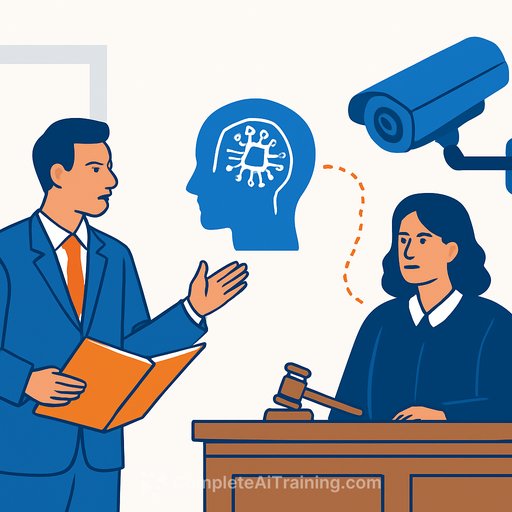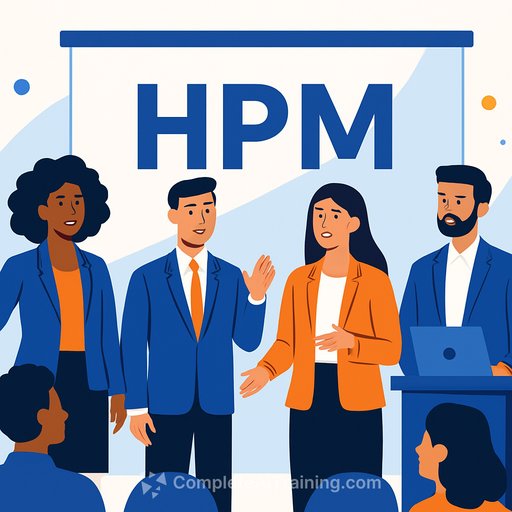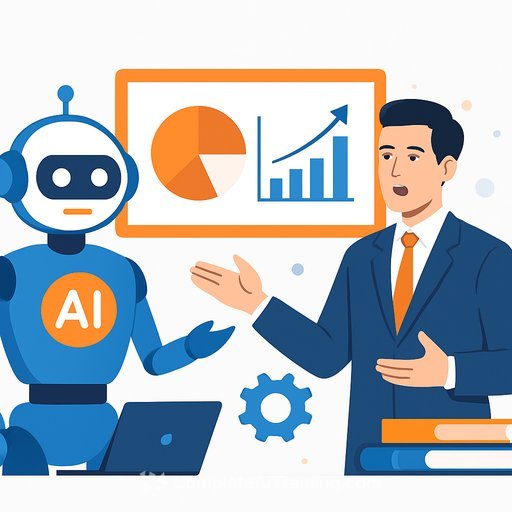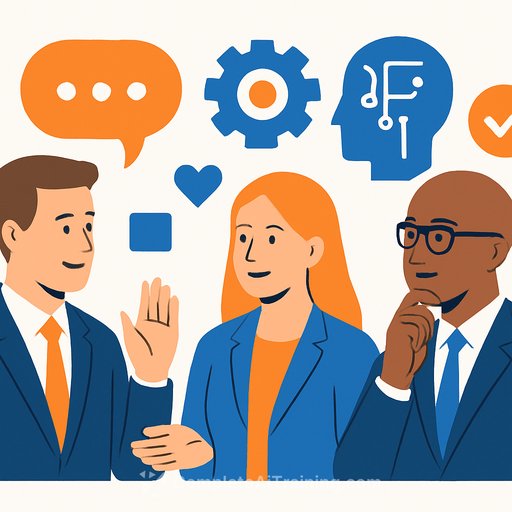AI surveillance in HR: keep it in check or pay the price
AI-powered monitoring is flooding workplaces, and with it comes a clear warning for HR: if you overreach, you will lose trust, productivity, and possibly face enforcement action. That was the message delivered at SHRM's Southern Labor Symposium in Ponce, where labor attorney Sylmarie Arizmendi urged HR leaders to rethink how they use surveillance tech.
"Employees do not like Big Brother," Arizmendi said. "They don't want someone watching every sound and move they make." A 2024 Cornell study backs that up, finding that extreme monitoring reduces productivity and erodes autonomy.
What employees feel when they're monitored
Tools that track keystrokes, mouse movement, facial expressions, vocal tone, and messages are often seen as a loss of control. The Cornell research found that when monitoring is framed as judging people rather than assisting their work, employees complain more, perform worse, and are more likely to quit.
The legal line: where employers get burned
Barclays' experience is a cautionary tale. In 2020, the bank used Sapience Analytics to detect keystrokes, mouse activity, and idle time. Employees said the system was invasive and dehumanizing. The UK's Information Commissioner's Office opened an investigation under GDPR, and the bank faces steep penalties.
In January 2024, France's data authority (CNIL) fined Amazon France Logistique €32 million for "excessively intrusive" surveillance that effectively forced workers to justify every pause. Systems that alert HR when a workstation is idle for more than a few minutes are the kind of feature regulators flag as disproportionate.
Arizmendi noted a recurring pattern: companies often don't fully understand the capabilities they turn on, which is how privacy claims end up with names like McDonald's and Apple in the caption. The fix starts with HR asking better questions before rollout.
Meanwhile, adoption keeps climbing
A 2025 ExpressVPN survey found 74% of U.S. employers use online tracking, including real-time screen views and web logs. Sixty-one percent use AI analytics to measure productivity; 67% collect biometric data; and 75% monitor physical offices with video and access controls. Only 22% of employees say they know they're being monitored.
The impact is predictable: employees under both online and physical monitoring report far higher stress, and one in six would quit over excessive surveillance. Ask yourself: do you care how many bathroom breaks someone takes-or whether they deliver outcomes on time and at quality?
Make AI assistive, not punitive
- Start with the job-to-be-done. Monitor workflow bottlenecks and safety risks, not people's every second. Use AI to remove friction and help teams focus.
- Be transparent. Publish a plain-language monitoring notice: what you collect, why, legal basis, retention, who sees it, and how to appeal or opt out where possible.
- Minimize data. Turn off features you don't need (e.g., idle-time alarms, continuous audio/video, face sentiment analysis). Log events, not continuous streams.
- Avoid "scorecards without context." AI productivity scores can be misleading. Pair metrics with quality, complexity, and team dependencies.
- Handle biometrics carefully. Use them only if necessary for safety or access. Check state laws like Illinois BIPA and give clear notice and consent when required.
- Follow privacy laws. GDPR (EU), CPRA (California), and similar rules expect necessity, proportionality, and rights of access/correction. Document your decisions.
- Run a data protection impact assessment. High-risk monitoring needs a DPIA. Involve Legal, IT, Security, and-where present-works councils/employee reps.
- Pilot, then scale. Start with a small group, measure outcomes (productivity, error rates, engagement), and adjust based on feedback.
- Contract for compliance. Lock down vendor terms: data use limits, subprocessor disclosures, retention/deletion, audit rights, and breach notification.
- Respect off-duty and sensitive spaces. No monitoring of bathrooms, private areas, or personal devices/accounts. Limit after-hours tracking.
- Accessibility and fairness. Don't penalize disabilities, accents, or neurodivergent behavior. Provide accommodations and alternatives.
- Set retention limits. Keep monitoring data only as long as needed for stated purposes, then delete.
What to stop doing now
- Keystroke/mouse timers that trigger HR alerts for short breaks.
- Always-on webcams, mics, or facial emotion analytics without a clear, lawful necessity.
- Shadow monitoring (no notice) or retroactive "gotcha" audits.
- Tracking outside of work tasks or hours unless safety-critical and clearly disclosed.
How to talk about it with your teams
Use simple, specific language. Invite questions. Make it clear the goal is to support performance, not police people.
- "Here's what we monitor and why: to reduce manual status reports and unblock work faster."
- "Here's what we don't monitor: audio, personal devices, or breaks."
- "Here's how long we keep the data and who can see it."
- "Here's how you can review your data or challenge a decision."
Bottom line for HR
Surveillance that feels punitive backfires. Use AI to remove toil and improve safety and quality-and be transparent about how it works. If a feature would make you uncomfortable if used on you, turn it off or redesign it.
Helpful resources
Upskill your HR team on practical AI use
If you're building internal guardrails or retraining managers on ethical monitoring, these resources can help.
Your membership also unlocks:






